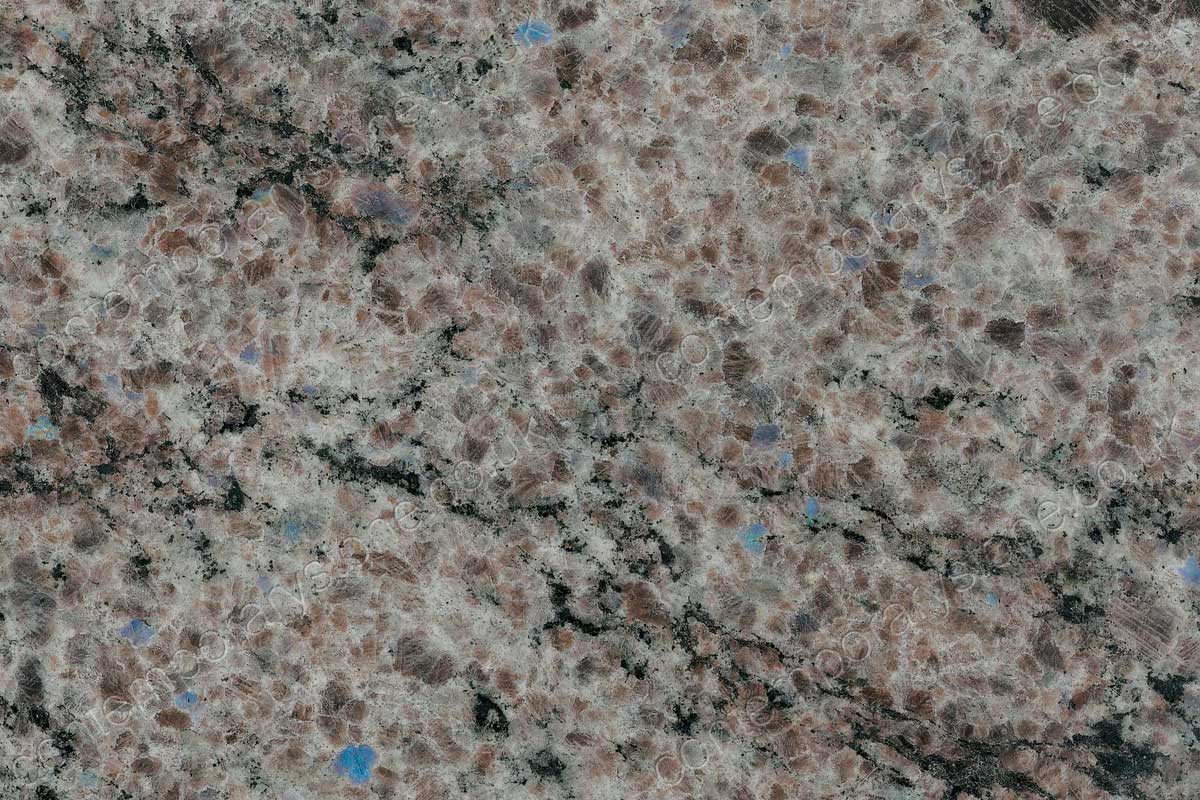| Synonyms Stones can have many aliases. This is due to language differences, supplier choice, coloquial trends or slang, or sometimes errors and ambiguity between rocks. Read more here. |
Labrador Blue Eyes |
|---|---|
| Category Commercial classification sometimes differs to the scientific, geological designation. In particular, some limestones are deemed marble especially if they take a high polish. Read more here. |
Granite |
| Petrographic assignment | Anorthosite (Plutonite) |
| Age | 600 to 550 million years (Pre-Cambrian) |
| Colouring minerals: | White brownish, light dark grey plagioclase (labradorite) |
| Average hardness MOHS is the standard scale of hardness for minerals 1-10, with 10 being the MOHS of diamond. We also use the broad terms Hard and Soft for simplicity. Read more here. |
6-7 (Hard) |
| Origin | Canada |
A trade marked granite material discovered in 1994. Medium-grained, light grey plagiochase feldspar anorthosite of the Precambrian period.
From the north coast of the Labrador peninsular, near the town of Nain. Intensive blue iridescent areas punctuate the slab. Only 1 quarry exists.
Petrology:Blue Eyes is a bright grey, medium-grained rock that consisting mainly of labradorite. Striking bright blue to green, shimmering labradorite crystals sparkle over the polished surface. The marvellous blue sheen is produced by fine refraction lamella within the crystals of the labradorite. The black silicate fractions may sometimes appear stripe-like in the otherwise uniform structure.
Petrogenesis:Geologists describe igneous rocks where the feldspar contains mostly calcium as anorthites. Blue Eyes is mostly labradorite. Anorthites occur as independently existing plutons (complexes of igneous rocks) but more frequently as layers and bands in differentiated gabbro plutons. As a consequence of very extended periods of cooling, over millions of years, the magmas crystallised out into massive, medium to coarse grained rock.
Coming soon.
Coming soon.


